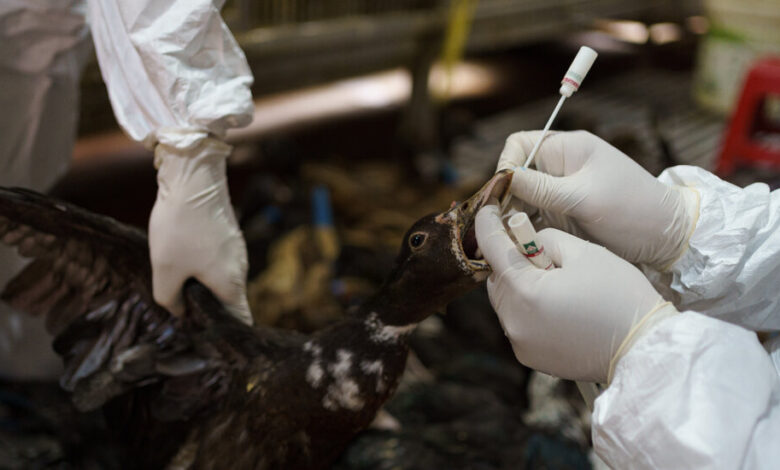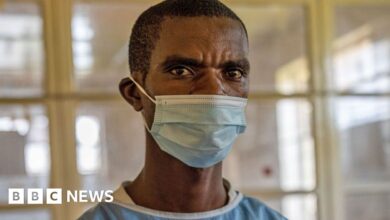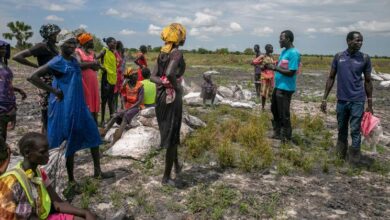Disease investigators are trying to keep the world safe from bird flu

Dr. Luch blamed herself for not thinking of testing the boy a day earlier, when she could have saved him by treating him for the flu.
But the warning she issued and the emergency action that followed are a testament to the strength of Cambodia’s disease surveillance system and its importance to the global biosurveillance system.
It is the result of many years of international and local investment, training and public education. It shows how frontline work in low-income countries is increasingly vital to the global system for detecting zoonotic diseases – pathogens that spread between animals and humans , just like Covid-19 did. The goal is to identify and stop them, buy time to produce enough vaccines or drugs to treat them, or embark on a frantic mission to develop something new.
A growing threat
H5N1 is one of many viruses that cause influenza in poultry. It emerged in Hong Kong in 1996 and has since evolved into versions that cause epidemics in wild and farmed birds and sometimes spread to humans.
In 2020, a new, particularly dangerous type of bacteria attracted the attention of scientists as it spread along migration routes to areas in Africa, Asia and Europe.
By 2022, it had reached North and South America and was killing wild and domestic animals, including livestock and marine mammals.
So scientists were alarmed when in February 2023, Cambodia reported that two people had been infected with H5N1. Is this a new version of the virus, returning to Asia and killing people? There have been no such cases in humans in the country for nearly a decade, even though scientists have found that the virus has persisted in birds all those years.
Genetic analysis showed that the virus infecting Cambodians was a familiar virus, not one found in the Americas – a relief. However, in the past year, Cambodia has reported 11 people infected with bird flu and five of them died, more than anywhere else in the world.
Global anxiety about H5N1 has grown higher in recent weeks, since the virus was detected in goats and dairy cows in the United States, and then in a sick Texas farm worker.
As viruses move between species, scientists fear the possibility of viruses evolving to spread easily not only from birds to mammals but also from person to person.




